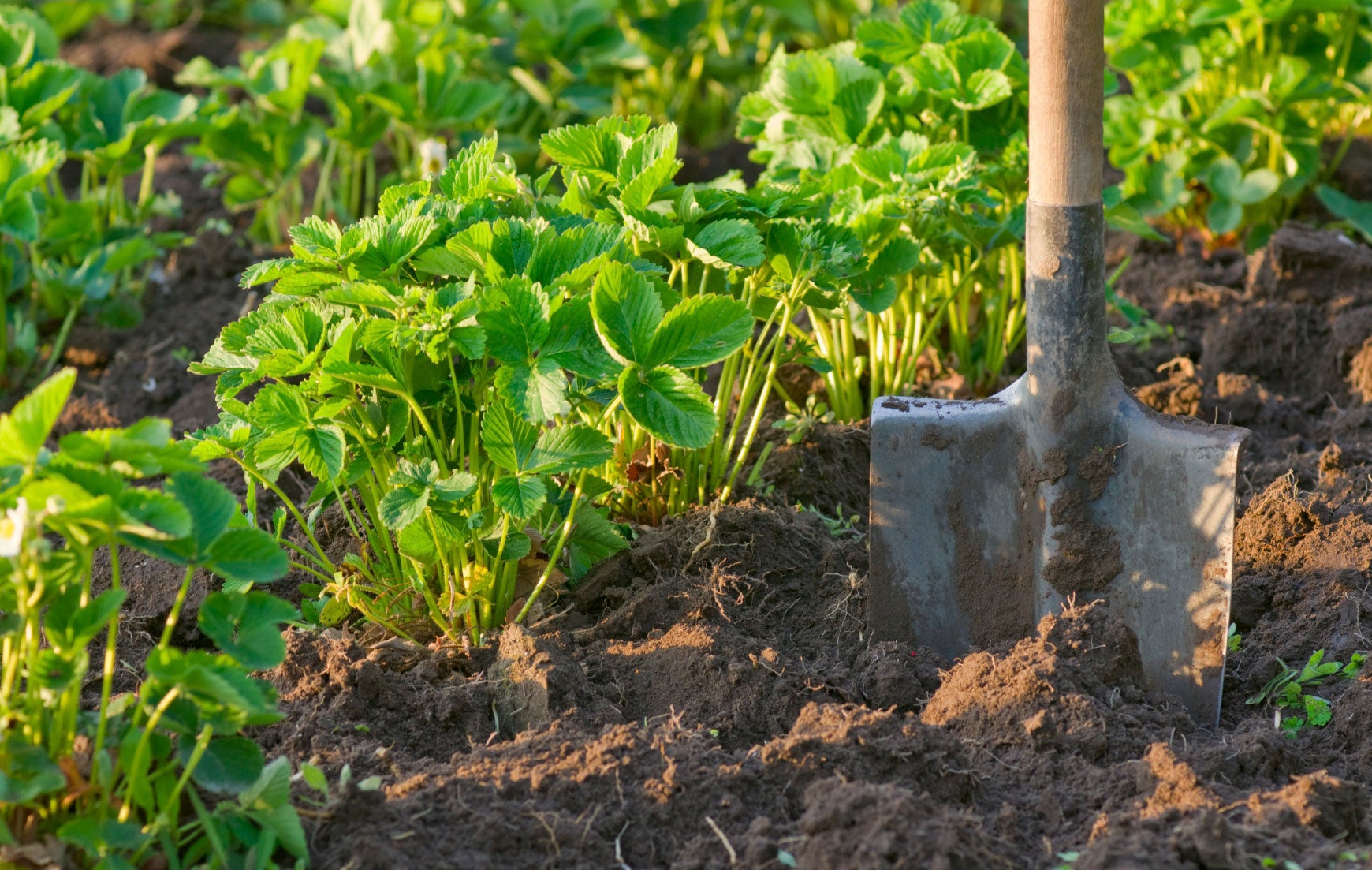Thinning Out Strawberries: When And How To Renew A Strawberry Patch


Thinning out strawberries to get rid of older, non-productive plants makes room for younger, more bountiful strawberry plants. Find out how to give your strawberries an annual makeover in this article.
When to Thin Strawberry Patches
Strawberry plants are most productive in their second and third fruiting seasons. Beds that are thick with older plants produce a poor crop and the plants are more susceptible to foliage and crown diseases. Wait until the plants go dormant to thin out overgrown strawberry beds. Dormancy begins four to six weeks after the harvest and lasts until the bed gets some drenching rains. Try to thin strawberry beds before late summer rains revive the plants.
How to Renew a Strawberry Patch
The renewal method depends on whether you planted the bed in rows or evenly spaced beds. Thin plants in straight rows by cleaning out the area between the rows with a rototiller or hoe. A tiller makes the job easy. If the plants left in the rows are thick or the foliage shows signs of disease, such as leaf spots, cut them back. Take care not to damage the crowns. Use a lawnmower for strawberry bed renewal when you haven't planted the strawberries in rows. Set the mower blades on the highest setting and mow the bed, making sure the blades don't damage the crowns. After cutting the foliage, remove the oldest plant crowns until the plants are spaced 12 to 24 inches (30.5-61 cm.) apart. This is a good time to remove weeds, too. Weeds reduce the amount of moisture and nutrients available to strawberry plants. After thinning the plants, fertilize the bed with a complete fertilizer such as 15-15-15, 10-10-10, or 6-12-12. Use 1 to 2 pounds (0.5-1 kg.) of fertilizer per 100 square feet (10 sq. m.). Or, add compost or composted manure to the bed as a top dressing. Water the bed slowly and deeply so that the moisture reaches a depth of 8 to 12 inches (20.5-30.5 cm.), but don't allow the water to puddle or runoff. Deep watering helps the crown recover quickly, especially if you have cut the foliage. If you don't have a water source nearby, renew the beds just before you expect a good rainfall.
Gardening tips, videos, info and more delivered right to your inbox!
Sign up for the Gardening Know How newsletter today and receive a free copy of our e-book "How to Grow Delicious Tomatoes".

Jackie Carroll has written over 500 articles for Gardening Know How on a wide range of topics.
-
 Get Ready For A Summer Of Hummers! Grow These Full Sun Hummingbird Plants and Flowers
Get Ready For A Summer Of Hummers! Grow These Full Sun Hummingbird Plants and FlowersIf you’re lucky enough to enjoy a sunny backyard, make sure you are maxing out on your pollinator opportunities and grow these full sun hummingbird plants and flowers
By Tonya Barnett
-
 12 Lush Alternatives To A Lawn For Sustainable Spaces
12 Lush Alternatives To A Lawn For Sustainable SpacesAlternatives to a lawn are beautiful and also beneficial to your local ecosystem and its pollinators. Explore our top picks for plants to replace grass.
By Tonya Barnett